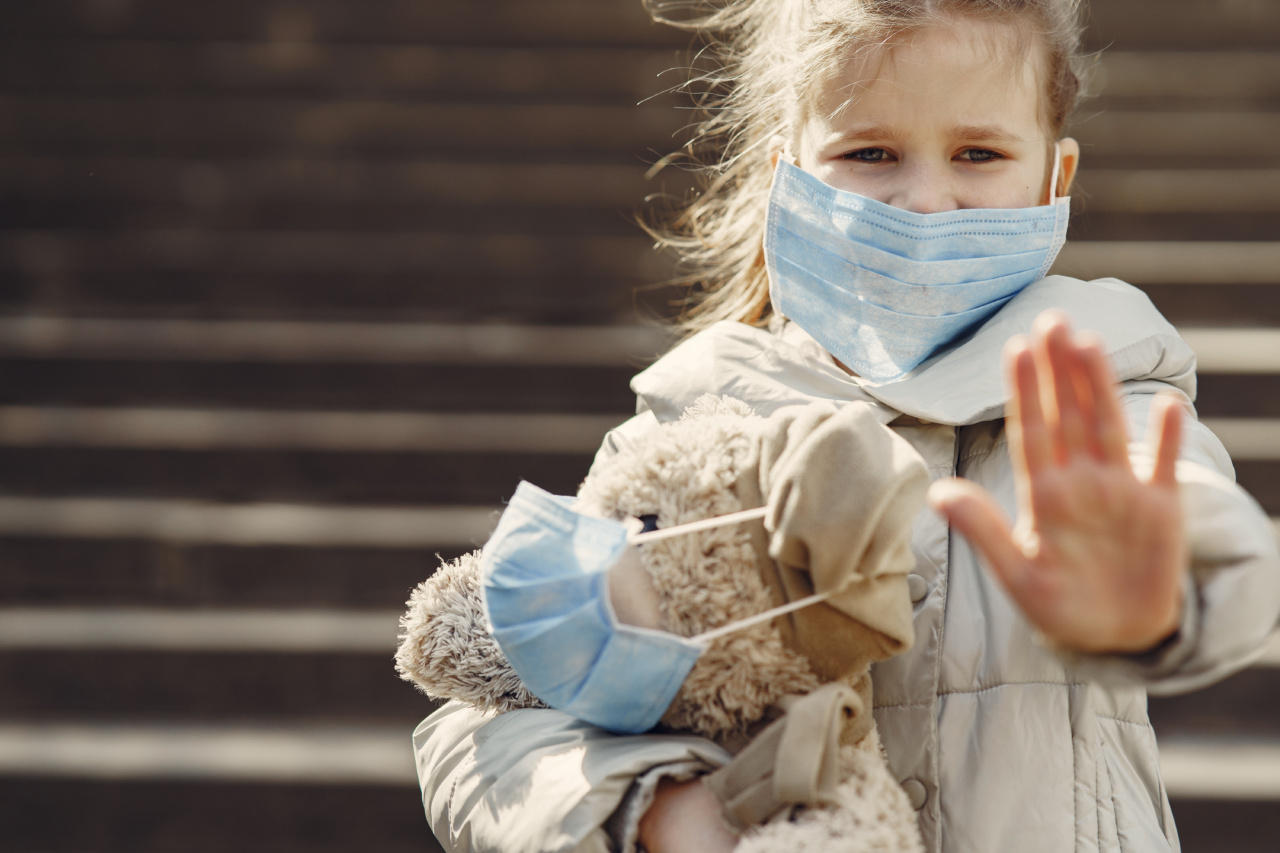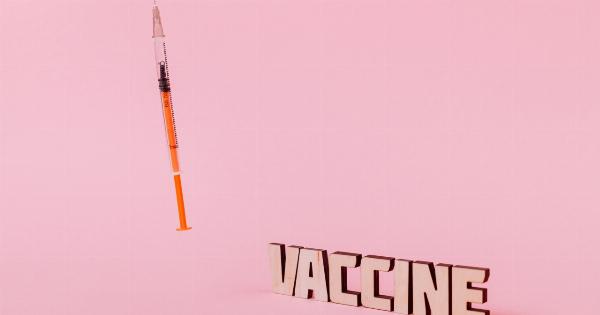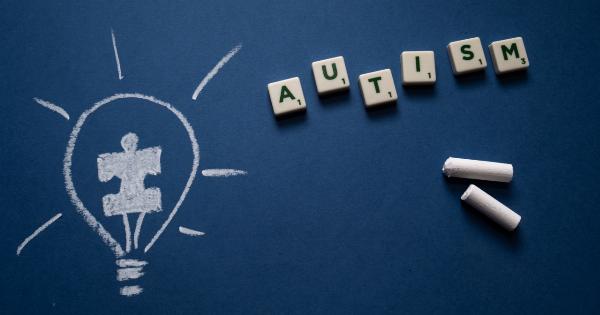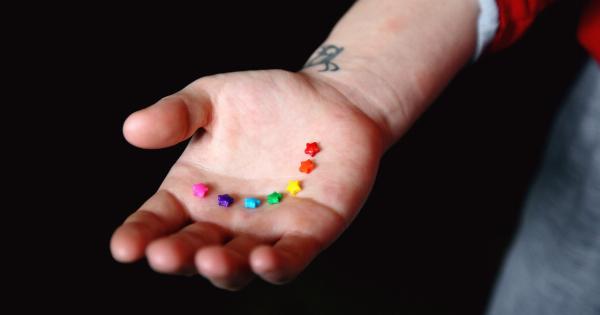Excessive drooling in children is a common concern for parents. While it is natural for babies to drool during the teething phase, excessive drooling beyond infancy may be a cause for concern.
In some cases, serious underlying health issues can be the reason behind a child’s excessive drooling. This article aims to explore the potential causes of excessive drooling in children and shed light on the importance of addressing this symptom promptly.
What is Excessive Drooling?
Drooling refers to the unintentional flow of saliva from the mouth. It is a normal occurrence in infants who have not yet developed the ability to swallow saliva efficiently.
However, as children grow older, drooling typically decreases and should not persist beyond a certain age.
Excessive drooling, also known as sialorrhea, is characterized by a greater than normal amount of saliva production and drooling.
It can occur due to various factors, including teething, certain medications, neurological conditions, or underlying health problems. While drooling itself may not always be a cause for alarm, it can be a symptom of an underlying medical condition.
Common Causes of Excessive Drooling in Children
1. Teething: Teething is a normal developmental process in infants. As babies’ teeth begin to emerge, excess saliva production can occur, leading to drooling. This typically resolves once the teething phase is over.
2. Oral-Motor Difficulties: Some children may have difficulties with their oral motor skills, such as swallowing or coordinating the muscles used for chewing and swallowing.
These difficulties can cause excessive drooling as the child struggles to manage saliva effectively.
3. Neurological Conditions: Certain neurological conditions, such as cerebral palsy or muscular dystrophy, can affect the control over the muscles involved in swallowing.
This can result in excessive drooling as the child is unable to manage saliva properly.
4. Dental Issues: Dental problems, such as malocclusions or misaligned teeth, can impact a child’s ability to swallow effectively, leading to excessive drooling.
5. Respiratory Conditions: Some respiratory conditions, such as allergies or sinus infections, can cause nasal congestion and postnasal drip. This can increase saliva production and result in excessive drooling.
6. Gastroesophageal Reflux Disease (GERD): GERD is a condition in which stomach acid flows back into the esophagus, causing symptoms such as heartburn and regurgitation. In some cases, GERD can also lead to excessive drooling.
7. Medications: Certain medications, such as those used to manage allergies, can increase saliva production and contribute to excessive drooling in some children.
Potential Serious Health Issues
While most cases of excessive drooling in children are benign and resolve with time or appropriate treatment, it is essential to consider the possibility of serious underlying health issues.
Some serious conditions associated with excessive drooling include:.
1. Seizure Disorders: Seizure disorders can cause excessive drooling in children. Seizures interfere with normal oral motor control and swallowing, resulting in drooling.
2. Swallowing Difficulties: Children with swallowing difficulties, medically known as dysphagia, may develop excessive drooling as a result. Dysphagia can be caused by various factors, including neurological disorders or anatomical abnormalities.
3. Infections: Certain infections, such as meningitis or brain abscesses, can affect the brain’s control over the oral motor functions, leading to excessive drooling.
4. Genetic Disorders: Some genetic disorders, such as Down syndrome or Prader-Willi syndrome, can contribute to excessive drooling due to abnormalities in muscle control or oral motor function.
5. Blocked Airways: If a child has a blocked airway due to enlarged tonsils or adenoids, it can affect the swallowing mechanism and lead to excessive drooling.
When Should You Seek Medical Attention?
While occasional drooling is not typically concerning, excessive and persistent drooling in children should not be ignored. It is crucial to consult a healthcare professional if your child presents the following symptoms alongside excessive drooling:.
1. Difficulty swallowing or choking while eating or drinking.
2. Coughing or choking episodes during sleep.
3. Weight loss or poor weight gain.
4. Irritability or discomfort while feeding.
5. Recurrent respiratory infections.
6. Delays in speech or other developmental milestones.
Your healthcare provider will conduct a thorough evaluation of your child’s medical history, perform a physical examination, and may order further diagnostic tests to identify the underlying cause of excessive drooling.
Treatment and Management
The treatment for excessive drooling depends on the underlying cause. In cases where drooling is a result of teething or oral-motor difficulties, no specific treatment may be required as the issue often resolves with time.
However, if excessive drooling becomes a significant concern, various interventions can help manage the symptoms, such as:.
1. Speech Therapy: Speech-language pathologists can teach children techniques to improve their oral motor skills and swallowing abilities, reducing excessive drooling.
2. Medications: In some cases, medications can help reduce saliva production and manage excessive drooling. These medications should be prescribed by a qualified healthcare professional.
3. Dental Interventions: Dentists may recommend orthodontic or dental procedures to address issues like malocclusions or misaligned teeth, which contribute to excessive drooling.
4. Surgical Interventions: In certain cases, surgical interventions, such as the removal of enlarged tonsils or adenoids, may be necessary to improve swallowing function and reduce drooling.
5. Behavior Modification: Behavioral strategies, such as teaching a child to swallow saliva voluntarily or using discreet saliva-absorbing products, can be employed to manage excessive drooling.
Preventing Skin Irritation
Excessive drooling can cause skin irritation and discomfort around the mouth and chin area. To prevent skin problems, you can:.
1. Keep the skin clean and dry by gently wiping away excess saliva with a soft cloth.
2. Apply a protective barrier cream or ointment, like petroleum jelly, to minimize skin irritation.
3. Use bibs or specialized clothing designed to absorb saliva and protect the skin.
4. Regularly change wet clothing to prevent prolonged exposure to saliva.
Conclusion
Excessive drooling in children should not be overlooked, as it may be a manifestation of an underlying medical condition requiring attention.
While many cases of excessive drooling are benign and resolve with time, it is essential to consult a healthcare professional if the drooling is persistent or accompanied by other concerning symptoms. Early identification and management of the underlying cause can help improve the child’s overall well-being and quality of life.





























